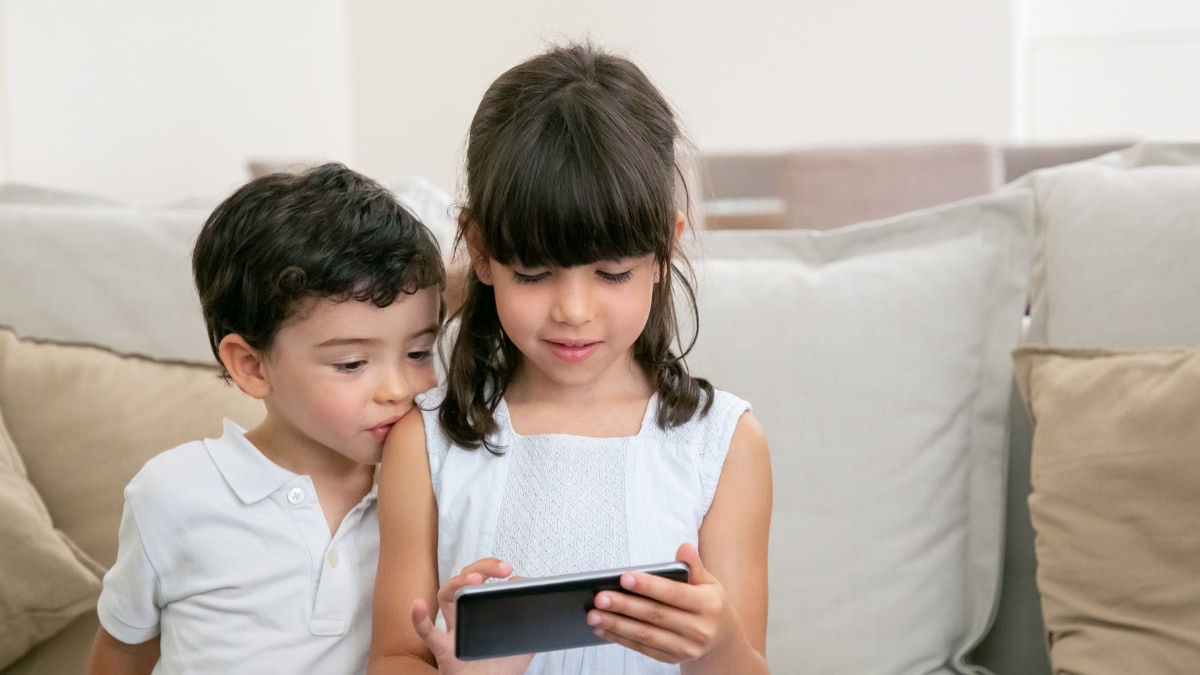Striking a Balance: Nurturing Active Learning in the Digital Age

Are you worried that your child is constantly on the phone? Also, anxious that if you don’t give him the new PSP, he might be out of his friend circle and hence be ousted from his main group and then be lonely and suffer from mental health issues? Too much to think over.
Finding the correct balance between screen time and active learning in today’s quickly evolving digital world is a top priority for parents, educators, and society at large. While technology provides many possibilities for learning and discovery, too much screen time can be detrimental to a child’s development. It is critical for overall growth and cognitive development to strike a balance between screen-based activities and active learning.
“Parents and educators must prioritize intentional and purposeful screen time in order to find an appropriate balance. This includes choosing interactive, E-learning, high-quality educational applications, games, and digital tools that encourage active participation and deeper learning. Setting realistic time restrictions for screen use is critical. Furthermore, children must be given chances for active, experiential learning that includes physical activity, social engagement, and investigation of their environment,” says Saloni Bhardwaj, co-founder and CTO, Lotus Petal Senior Secondary School & Lotus Petal Foundation.
The absence of screen time for children from the underserved community may be detrimental since it aids in the development of key life skills such as digital literacy in the contemporary world, as well as providing them with access to an infinite library of educational materials. It is critical to bridge the digital gap in order to solve such challenges.
“Achieving a healthy balance between screen time and active learning is crucial for the overall development of children. Although moderate television viewing is generally harmless, it is vital for children to learn how to effectively manage their time and prioritize basic education alongside other activities,” says Preeti Bhandary, Parenting Expert and the co-founder, Little Elly.
Bhandary shares some strategies to help achieve a balance:
Set limits
Enforce reasonable screen time limits by establishing clear rules. Set specific time constraints for recreational activities like watching TV or playing video games, and make sure to consistently uphold them.
Prioritize active learning
Encourage and prioritize activities that involve physical movement, social interaction, and hands-on engagement. These could include outdoor play, sports, art and craft projects, reading physical books, puzzles, building blocks, or other interactive toys and games.
Create a schedule
Develop a daily or weekly plan with dedicated time slots for active learning activities. This will help children understand the importance of balance and provide structure to their routines.
Engage in activities together
Engage in activities that involve the whole family, such as board games, cooking, or outdoor adventures. This not only reduces screen time but also strengthens family bonds and promotes active learning through shared experiences.
Encourage various interests
Expose children to activities and hobbies that pique their curiosity and promote active learning. This could include music lessons, dance classes, martial arts, gardening, cooking, or science experiments. By exploring different interests, children will have more options for engaging in active learning outside of screen time.
Use educational screen time mindfully
When screen time involves educational content, such as interactive educational apps, websites, or documentaries, it can be beneficial for learning. However, ensure that it is balanced with other forms of active engagement and monitor the quality and appropriateness of the content.
Create tech-free zones
Designate areas without screens, such as the dining table or bedrooms. This promotes conversation and family bonding and prevents excessive reliance on screens.
Be a role model
Practice what you preach by setting a good example. Limit your own screen time and engage in active learning activities yourself. Children often mimic their parent’s behaviors. Be a role model by demonstrating a balanced approach to screen time. Limit your own screen usage, especially during family time, and actively participate in active learning activities together.
“We can provide our children with the skills they need to flourish in the digital era while also supporting their physical, social, and emotional development by carefully balancing screen time and active learning. Let us embrace technology’s promise as a tool for active involvement while remaining committed to holistic education,” adds Bhardwaj.
It is important to remember that every child is different, so it’s important to find a balance that works for your family while considering their individual needs and interests. Regularly evaluate and adjust the approach to maintain a healthy relationship between screen time and active learning.





